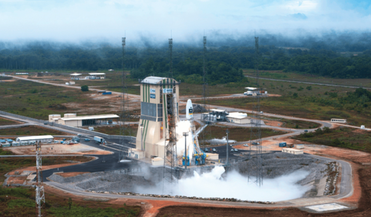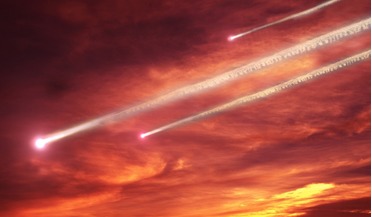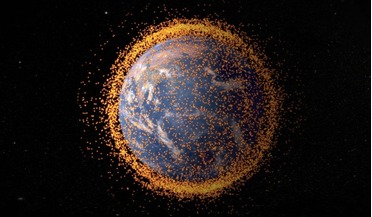 July 2016
France, Europe and Russia - two decades of space launch cooperation
July 2016
France, Europe and Russia - two decades of space launch cooperation
Initial discussions about joint operations for launches actively began 25 years later in the early 1990s, when the fall of the two blocks spurred Russia to further promote its already existing launch assets - including the heavy launcher Proton, as ...
 September 2016
URBOCOP: saving planet Earth
September 2016
URBOCOP: saving planet Earth
... of Arizona and has a diameter of 1.3 km and is 170 m deep. It was formed about 50,000 years ago by the impact of an iron and nickel asteroid of about 40-60 m in diameter and weighing about 300 thousand tonnes. Energy output from the...
 February 2017
Growing space agency dilemma
February 2017
Growing space agency dilemma
... protecting our planet against catastrophic loss is more important than the current agenda for space research Ironically, on 13 October 2016, the Obama White House took formal note of the problem. The US President issued a new...
 April 2017
Surviving radiation for space colonisation
April 2017
Surviving radiation for space colonisation
... energetic cosmic events that produce fast moving particles much heavier than hydrogen or helium. Atoms as large as iron atoms - the heaviest element a star can normally make - can slam into objects in space, transferring a huge...
 June 2017
How to build a Moon base cheaply
June 2017
How to build a Moon base cheaply
..., when hydrogen, hydrocarbon, carbon, chloride and fluoride enter the collector, create a regenerative reaction that produces iron, titanium, nickel, other metals and silicon. Asteroids have their uses too The regolith on many asteroids...
 September 2017
Binary stars and their extraordinary lives
September 2017
Binary stars and their extraordinary lives
... mass and at this point the whole star explodes as a type Ia supernova, enriching the interstellar medium with iron in the process. A merger between two white dwarfs may also trigger the same type of supernovae. Because...